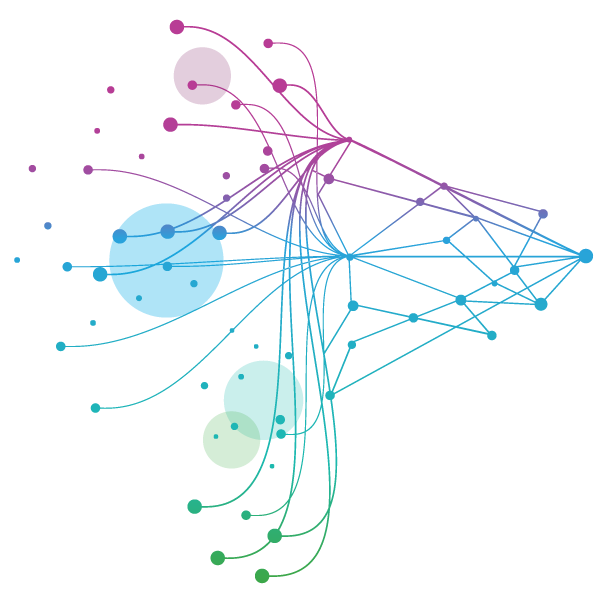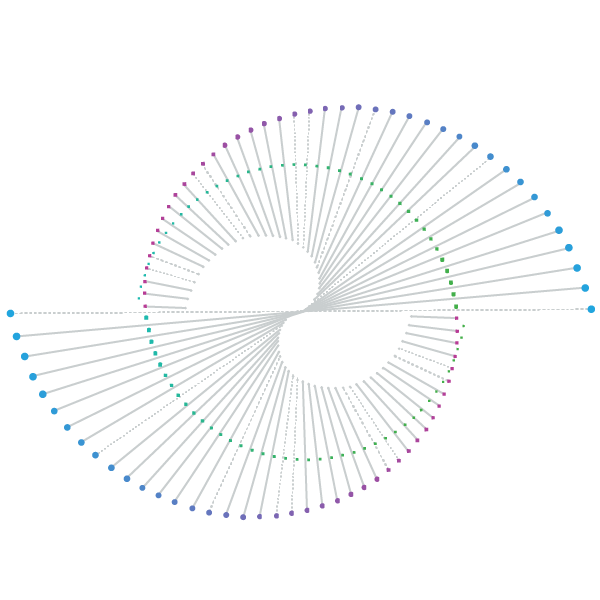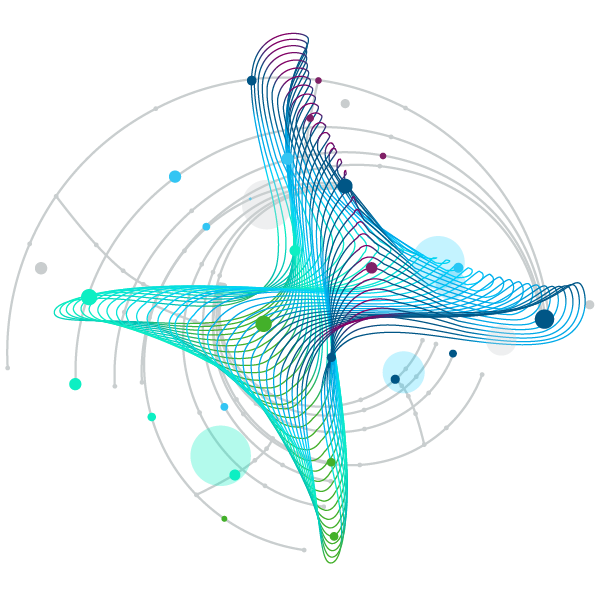





















- Blogs
- The Importance of OMOP for Real-World Data
The Importance of OMOP for Real-World Data
In the ever-evolving landscape of healthcare, the ability to harness real-world data (RWD) has become increasingly crucial. The Observational Medical Outcomes Partnership (OMOP) Common Data Model (CDM) stands out as a pivotal tool in this endeavor, offering a standardized framework for organizing and analyzing healthcare data. This blog post delves into the significance of OMOP for real-world data and its impact on clinical insights and healthcare research.
Understanding OMOP and Its Role
The OMOP CDM was developed to address the challenges associated with disparate healthcare data sources. By providing a common structure for data representation, OMOP facilitates the integration and analysis of data from various healthcare systems. This standardization is essential for conducting observational research and generating real-world evidence (RWE) that can inform clinical decision-making and policy development.
Enhancing Data Quality and Consistency
One of the primary benefits of OMOP is its ability to enhance data quality and consistency. Healthcare data often comes from diverse sources, including electronic health records (EHRs), claims databases, and patient registries. These sources may use different terminologies, coding systems, and data formats, making it challenging to aggregate and analyze the data effectively. OMOP addresses this issue by providing a unified data model that ensures consistency in data representation, enabling researchers to perform more accurate and reliable analyses.
Facilitating Cross-Institutional Research
OMOP's standardized data model also plays a crucial role in facilitating cross-institutional research. By adopting a common framework, healthcare organizations can share and compare data more easily, fostering collaboration and accelerating the pace of research. This collaborative approach is particularly valuable in large-scale studies that require data from multiple institutions to achieve robust and generalizable findings.
Supporting Regulatory Submissions and Assessments
The generation of real-world evidence is increasingly important for regulatory submissions and assessments. Regulatory agencies, such as the FDA and EMA, are recognizing the value of RWE in evaluating the safety and effectiveness of medical products. OMOP's standardized data model enables researchers to generate high-quality RWE that meets regulatory standards, supporting the approval and post-market surveillance of new therapies.
Driving Innovation in Healthcare
The insights gained from real-world data can drive innovation in healthcare by identifying unmet needs, optimizing treatment pathways, and improving patient outcomes. OMOP's ability to integrate and analyze diverse data sources provides a comprehensive view of patient populations, enabling researchers to uncover new patterns and trends. These insights can inform the development of innovative interventions and personalized treatment strategies, ultimately enhancing the quality of care.
Conclusion
The OMOP Common Data Model is a powerful tool for leveraging real-world data in healthcare research and clinical practice. By standardizing data representation, OMOP enhances data quality, facilitates cross-institutional collaboration, supports regulatory submissions, and drives innovation. As the healthcare landscape continues to evolve, the importance of OMOP for real-world data will only grow, paving the way for more informed and impactful healthcare decisions.





